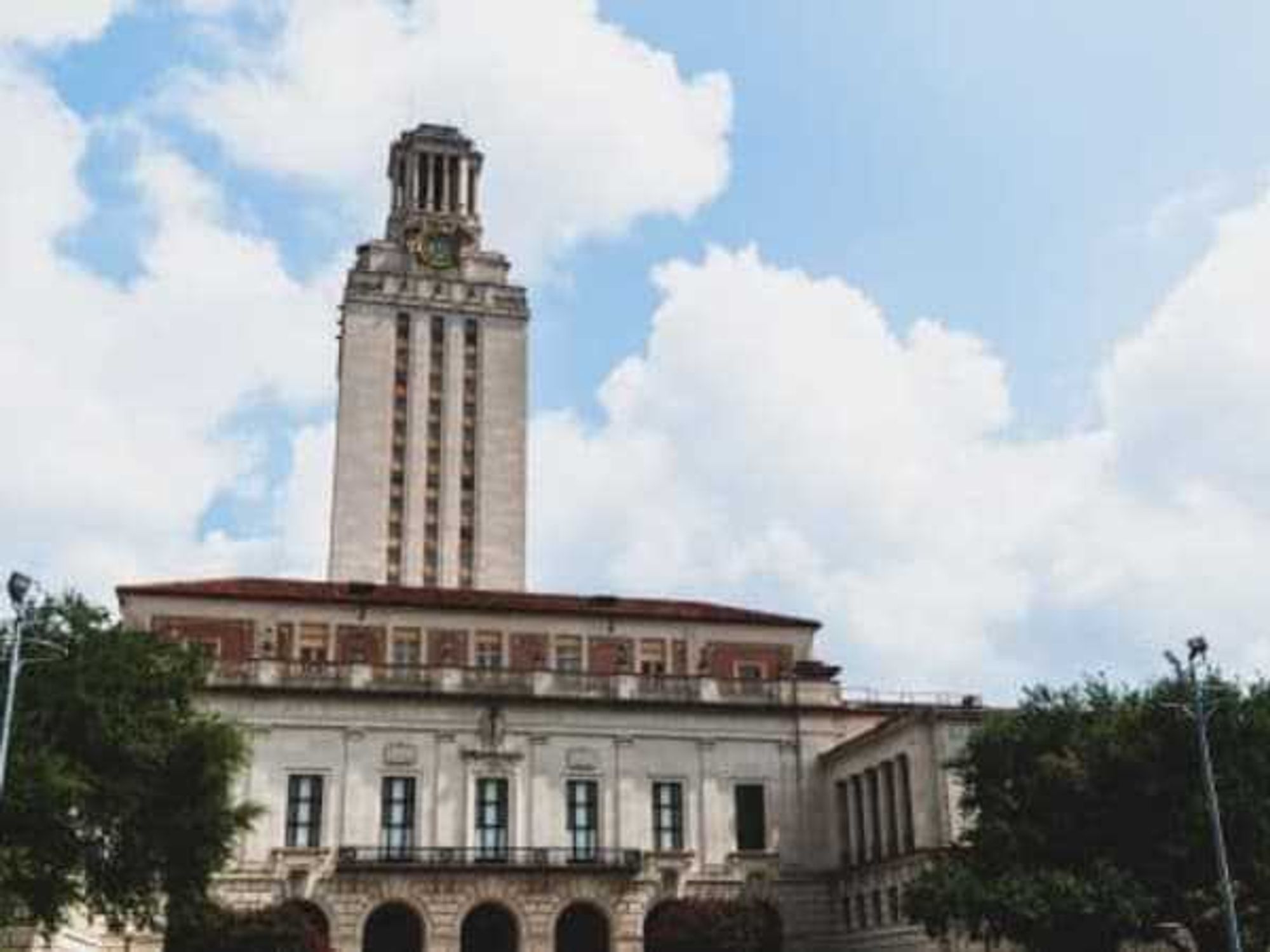turtle dash
Making a run for it: How Padre Island National Seashore is saving a criticallyendangered species
- Releasing the hatchlings.
- Turtle Hatchling making its way towards the sea.
- Hatchling on Padre Island
The sun has yet to show its face over the Gulf of Mexico when my youngest daughter and I join a group of people lining up along a "V" of yellow tape staked in the sand. On the other side of the tape, members of the Padre Island National Seashore staff, wearing those signature park ranger hats, hold Styrofoam coolers. A few volunteers stand behind us, holding poles with long ribbons on their ends, which flutter in the light morning breeze.
To a passer-by, we might look like participants in some strange sea-related ritual, and in a way, we are. Inside each cooler, nearly 100 Kemp’s Ridley sea turtle hatchlings, smaller than the palm of my hand, scrabble against the sides and clamber over each other. The rangers begin to carefully place them on the sand, as the pole-wielding volunteers keep a sharp eye out for seagulls and other birds that would love a hatchling snack.
Those of us in the small gathering crowd the tape with audible oohs and aahs, snapping pictures like proud parents. The hatchlings scurry toward the water, conquering ridges of sand and clumps of seaweed many times their size. Incoming waves sweep them back up the shore, but the little turtles keep at it until they catch a wave, and then, flippers going like mad, they swim away. The entire process took about 45 minutes, but it seemed like only a few. Most of us linger on the warming sand, gazing out to sea, wishing the little guys a safe journey.
There aren’t many things that can get me up at the crack of dawn, but this was my third time at a sea turtle release. Hatchlings are just so darn cute, and their story so inspiring.
For millennia, tens of thousands of sea turtles laid eggs on beaches along what eventually became the Texas coast. But by the 1970s, thanks to various human actions, they were all gone. Kemp’s Ridleys, once the most common sea turtle in the Gulf of Mexico, became critically endangered. By the end of the decade, only a few hundred still nested — all of them on a remote beach in Mexico.
In 1978, scientists launched an ambitious project to change that. For ten years, they collected several thousand eggs annually from that Mexican beach, incubating them in sand from North Padre Island. The hatchlings were released at Padre Island National Seashore, says Donna Shaver, Ph.D., chief of the park’s division of sea turtle science and recovery. Scientists know that mother turtles return to the beach where they were born to lay their own nests, and while we’re still figuring out exactly how and why, the hope was that these little turtles would eventually come back to Padre Island.
In 1986, figuring that some of the released turtles were old enough, Shaver began patrolling the beaches for nests every spring. Finally, in 1996, the first one of them returned.
Today, the National Seashore is the most important Ridley nesting area in the United States, with 199 Ridley nests in the park in 2011, and about that many in 2008 and 2009. Shaver, park staff and volunteers patrol 80 miles of beach each spring and summer for nests, taking the eggs into a special lab for safe-keeping until they hatch.
People come from all over the country and even overseas to witness hatchling releases at the National Seashore, held between June and August, usually at dawn. Shaver posts release dates on a hotline, (361) 949-7163, a few days before a clutch is likely to hatch.
Sometimes, releases have to be cancelled. The baby turtles generally hatch during the night, and sometimes they are so active that they need to be released right away. Otherwise, the little turtles burn up too much energy and their chances for survival go down.
So call the hotline before traveling to the area, and again the night before the release to confirm. You can increase your odds of seeing this memorable and moving sight by timing a visit when several nests are projected for release and by spending a few days in the Corpus Christi area. It offers plenty of other diversions to keep you busy, such as the Texas State Aquarium, USS Lexington and, of course, beaches.
Exhibits in the National Seashore’s Malaquite Beach visitor center include models of turtle nests and emerging hatchlings and a video on the recovery project. On the beach, keep your eyes peeled for nesting turtles; if you see one, report it immediately to 1-866-TURTLE-5.
Shaver says you can help protect sea turtles by always driving slowly and carefully on the beach, abstaining from litering (turtles often mistake plastic in the water for food), limiting beach lighting (which confuses hatchlings) and watching for turtles in the water when boating.
---
Padre Island National Seashore is open daily, and the Visitor Center is open from 9 a.m. to 5 p.m. every day except Christmas. The $10 per vehicle entrance fee is good for seven days. Hatchling hotline: 361-949-7163.



